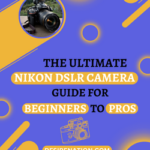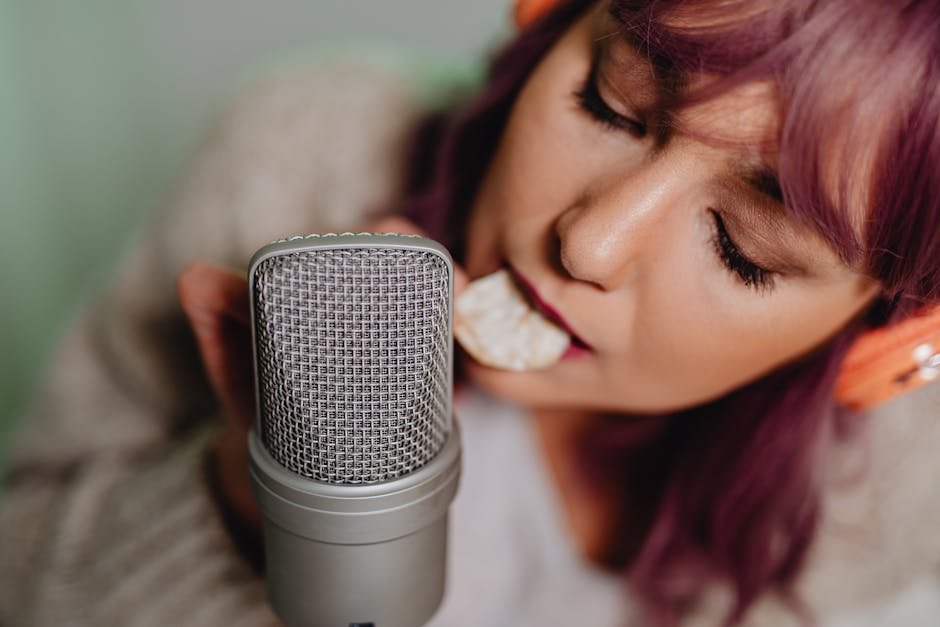Both the Nikon D780 and D850 feature a robust, professional-grade design when it comes to their structure and build quality. The magnesium alloy body of the D780 is lightweight and strong, making it easy to hold for extended periods of time. It is simple to use and navigate the button structure, which enables rapid access to key settings. However, some photographers may like the D850’s somewhat bigger and heavier body because to its more substantial feel in the hands. Both cameras include weather sealing, which makes them resistant to a range of shooting circumstances. Overall, the D780 and D850 both have outstanding build quality and ergonomic design, regardless of whether you choose lightweight mobility or a more robust structure.
Read More: Review Nikon D610
Image Quality and Sensor of Nikon D780 and D850
In terms of image quality, both the Nikon D780 and D850 are strong challengers. The D780 has a full-frame sensor with 24.5 megapixels, whereas the D850 has a full-frame sensor with 45.7 megapixels. This means that the D850 can capture more detail and create bigger prints. Despite its smaller resolution, the D780’s sensor produces great image quality with bright colors and a remarkable dynamic range. Both cameras have excellent low-light capabilities, allowing you to shoot in dim circumstances without affecting image quality. Both the Nikon D780 and D850 will meet your picture quality demands, whether you’re a professional searching for highest resolution or a hobbyist looking for high-quality photographs.
Autofocus System of Nikon D780 and D850
When comparing the Nikon D780 and D850, the focusing mechanism is an important factor to consider. Both cameras have improved focusing features that allow for quick and accurate focus tracking even in difficult shooting settings. Nikon’s acclaimed 51-point AF system with 15 cross-type sensors is used in the D780, offering superb coverage throughout the frame. It also has a strong Group-Area AF mode that is great for shooting moving subjects.
The D850, on the other hand, has a 153-point AF system with 99 cross-type sensors, enabling for perfect focusing even in complicated scenarios. It also has the same Group-Area AF mode as the D780, as well as more customization options. Whether you’re shooting sports, wildlife, or portraits, both the D780 and D850 have superb autofocus performance that allows you to capture every moment with sharpness and clarity.
Read More: Review Nikon D7200
Continuous Shooting and Buffer
Both the Nikon D780 and D850 perform excellently in terms of continuous shooting and buffer performance. The D780 can shoot at up to 7 frames per second (fps), making it ideal for filming fast-paced action and sports. It also includes a buffer capable of handling up to 65 uncompressed 14-bit RAW files or 100 JPEGs, enabling for extended shooting sessions before the camera slows down.
The D850, on the other hand, takes things to the next level with a lightning fast burst rate of 9 fps. This is great for precisely recording even the most volatile moments. The buffer of the D850 can hold up to 51 uncompressed 14-bit RAW files or 170 JPEGs, providing you plenty of flexibility to take continuous bursts without worrying about buffer constraints.
Whether you require the D850’s slightly quicker burst rate or the D780’s superb performance, both cameras provide amazing continuous shooting capabilities and buffer capacities. With one of these cameras in your hands, you’ll never miss a moment.
Video Features of Nikon D780 and D850
When it comes to video functionality, the Nikon D780 and D850 are equally remarkable. The D780 can capture 4K UHD video at up to 30 frames per second, resulting in outstanding detail and clarity. It also records Full HD video at up to 120 frames per second, allowing for smooth slow-motion videos. In addition, the D780 has in-camera time-lapse and interval timer modes, allowing you to make interesting time-lapse recordings without the need for further equipment. The D850, on the other hand, takes video to the next level by recording 4K UHD footage at up to 30 frames per second with complete pixel readout, resulting in excellent clarity and detail.
It also has the capability to recording in Full HD at up to 60 frames per second. Both cameras include microphone and headphone connectors, as well as the ability to send an uncompressed video feed to an external recorder. Whether you’re a hobbyist or a professional filmmaker, the D780 and D850 provide everything you need to shoot outstanding videos.
Read More: Nikon D500 Review
Battery Life and Memory Card of Nikon D780 and D850
When comparing the Nikon D780 and D850, battery life and memory card capacity are among the most important factors to consider. The EN-EL15b rechargeable lithium-ion battery in the D780 provides a reasonable battery life of around 2260 shots per charge. This is plenty for a full day of photography without fear about running out of battery. The D850, on the other hand, has a more powerful EN-EL15a battery that gives an excellent battery life of around 1840 photos per charge. This is perfect for long shoots or when you don’t have access to recharge facilities.
In terms of memory card capacity, both cameras include dual memory card slots, allowing you to record more photographs without having to change cards regularly. The D780 has one SD UHS-II card port and one XQD/CFexpress card slot. The D850, on the other hand, has one XQD/CFexpress and one SD UHS-II compliant slot. These memory card slots give plenty of storage capacity for your photographs while also ensuring quick and dependable write rates for effective photography. Whether you’re photographing a wedding, a wildlife safari, or a landscape photography adventure, the D780 and D850’s battery life and memory card capacity will satisfy your demands and ensure you never miss a moment.
Price Point and Value for Money
Now, let’s compare the Nikon D780 and D850 in terms of price and value for money. Both cameras are more expensive, but they provide a variety of features and capabilities that make them worthwhile investments for dedicated photographers. The Nikon D780 is somewhat less expensive than the D850, offering it a more affordable alternative without sacrificing performance. It is an excellent deal for photographers who want the most up-to-date features and technology without breaking the budget. The D850, on the other hand, is a premium model with great image quality and advanced functions that justify its premium price.
If you’re a professional or a photography hobbyist seeking for the finest, the D850 provides unmatched value. Finally, your decision between the D780 and D850 will be dictated by your unique goals, budget, and degree of ability, but both cameras represent excellent value for the quality and capabilities they provide.












